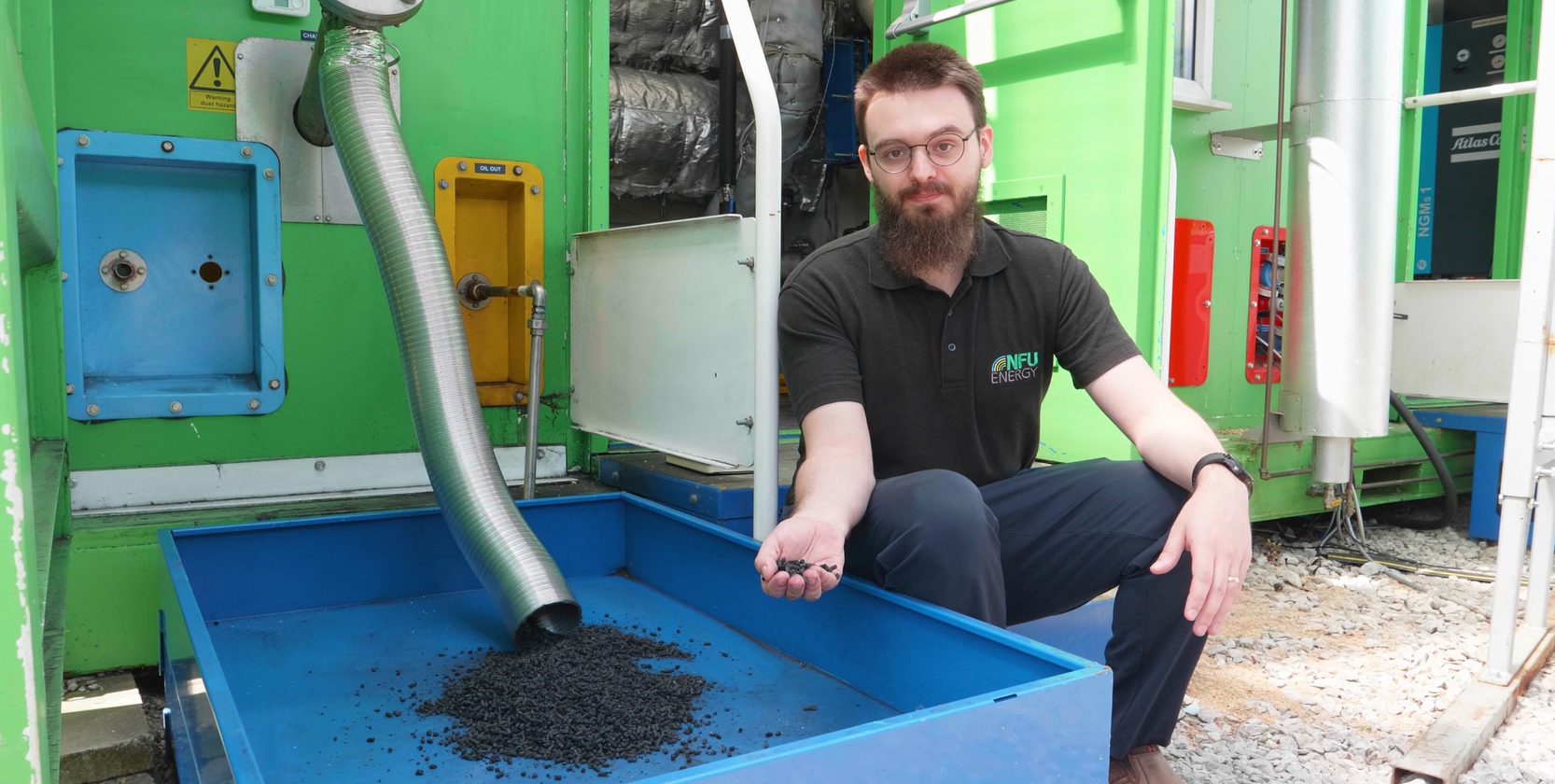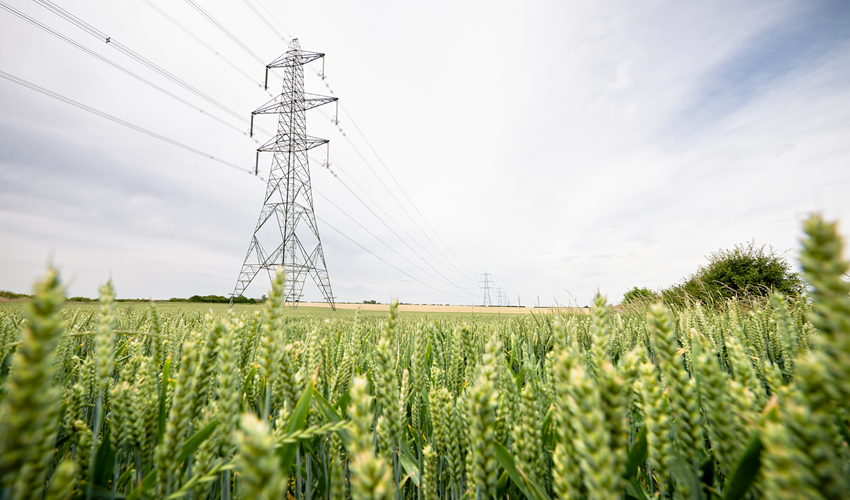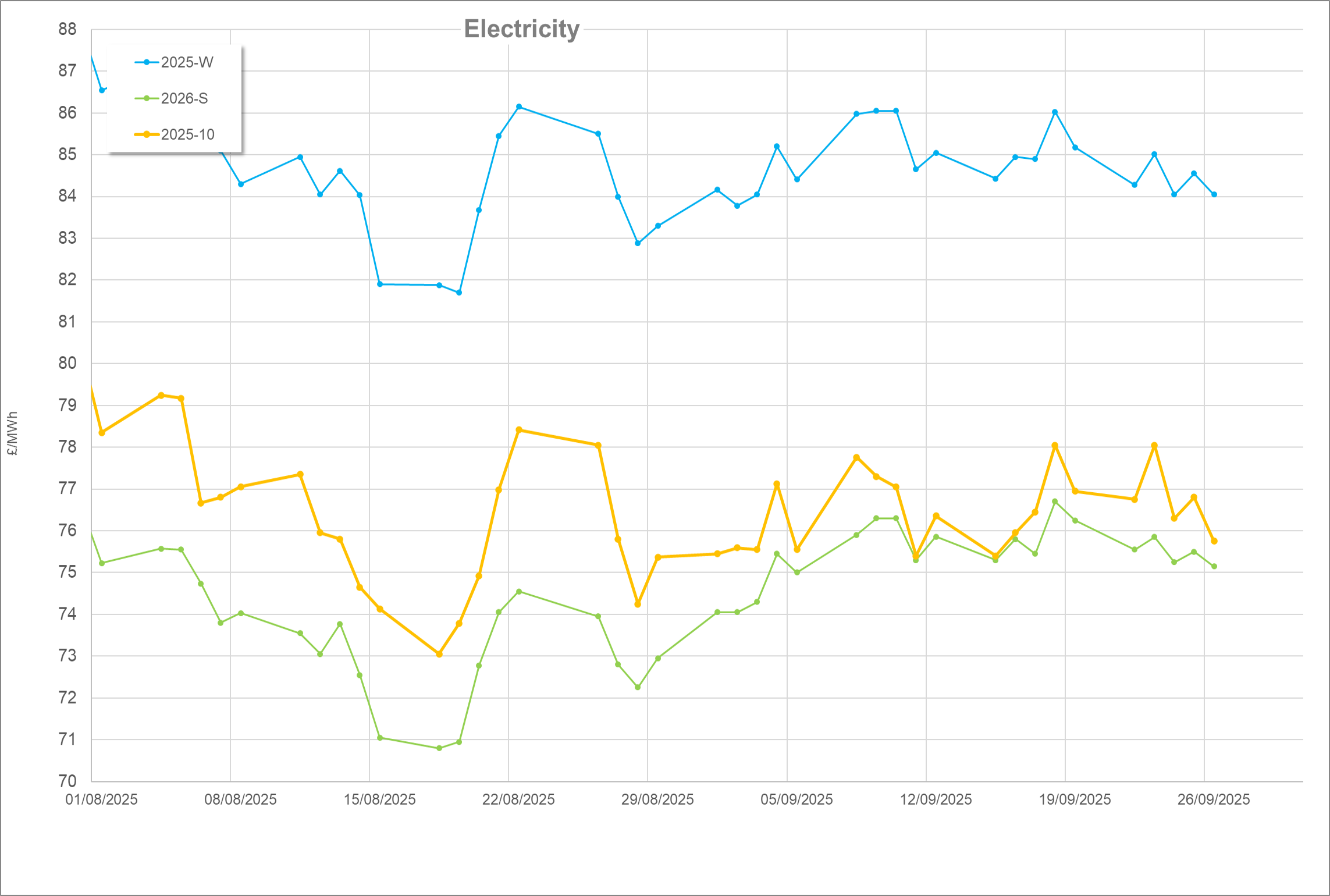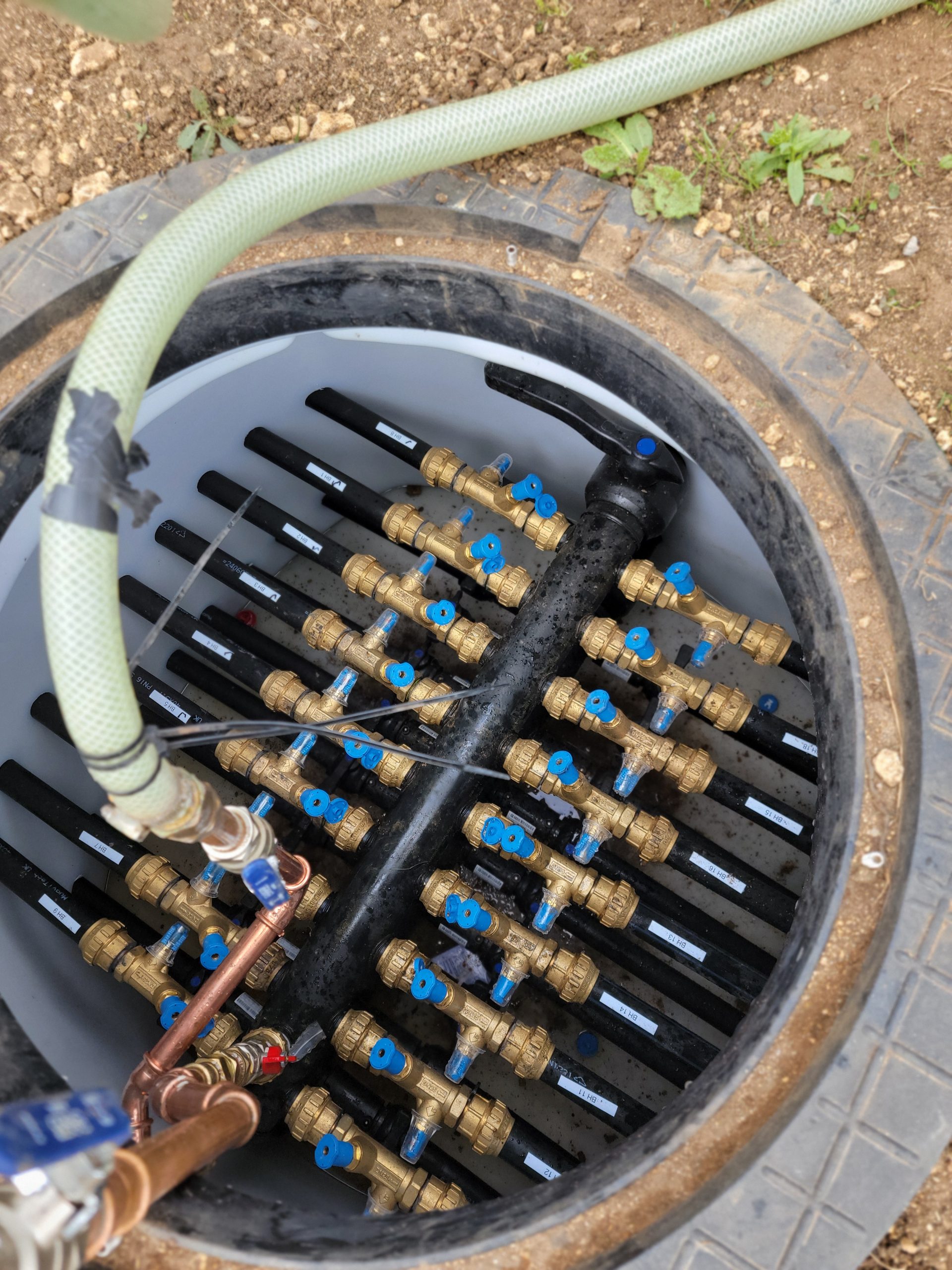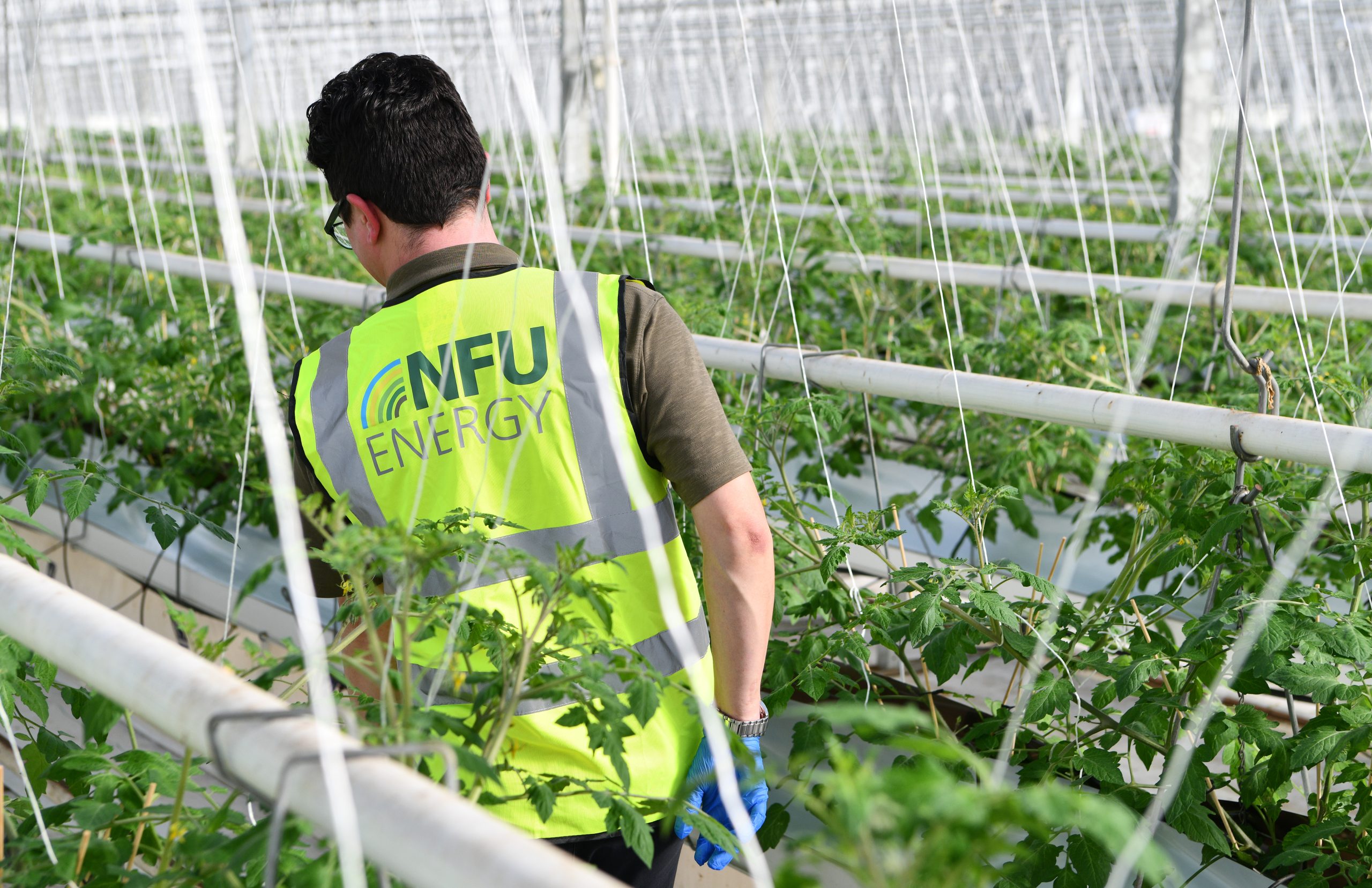Energy prices have risen…
It has been hard to avoid the topic of energy prices this autumn. The story often leads news bulletins, as wholesale prices have soared and energy suppliers, unable to deliver fixed price contracts, have gone bust. Government has been called upon to support heavy industry. Unprecedentedly, customers are being advised not to shop around, but to stay with their existing provider if possible, until stability returns.
One consequence of rising tariffs is that the value of energy savings has, of course, risen too making investment easier to justify. As winter approaches, it is a good time to review some energy management basics – often the fastest route to reducing energy spend.
Heating dominates energy consumption in protected cropping, and good management will provide the best savings:
Action 1 – Verify climate control settings
If your heating system is divided into separately controlled zones, it is time to review temperature and clock settings for each zone, to ensure these remain appropriate to each crop being grown. It is natural for settings to wander during the year, as adjustments are made and forgotten – keeping a diary of settings and their changes will help next year, when referring back to previous seasonal changes or responding to circumstances.
Action 2 – Check your insulation
Heat loss leads to further energy consumption, and insulation is the best defence, whether applied to buildings or to heating pipes. Your glasshouse may have temporary or permanent thermal screens in the roof, bubblewrap around the side walls, or reflective material behind perimeter heating pipes – any damage or missing sections should be repaired or replaced. These measures will help to maintain an even humidity and temperature within your climate zones. Check pipe insulation to ensure it has not become waterlogged, which renders it useless.
Action 3 – Survey your heating system
Pumps and valves are as critical as boilers when it comes to delivering heat to where it is needed. Pipe temperatures should be sufficient, with ~10°C difference between the ends of a zone, and should respond quickly (within 20 minutes) when the system demands it. Check these using your existing system sensors, or verify with a handheld infra-red gun. If the system struggles to meet your needs then a pump or valve could have developed a fault – this may in turn result in wasted energy elsewhere in the system, for example a boiler is running but the heat is not reaching its destination.
Action 4 – Ensure vents and doors can close
Draughts, or uncontrolled air exchange in technical parlance, are a major cause of heat loss and inefficiency. Fortunately they are easy to spot and rectify. Obvious issues like broken or slipped panes of glass, worn rubber door seals or stiff runners should be addressed. A 1cm gap in a sliding door that faces into the wind will admit large amounts of cold outside air, displacing warm air via any gaps it can find. Roof vents should close positively and tightly against their frame, with auto close mechanisms functioning as intended.
Action 5 – Maintain measuring boxes
As well as checking measuring boxes regularly for water content and wick quality, you should also check that any wet and dry bulb sensors are functioning correctly as a pair, the fan is free and unobstructed by build-ups of dirt, and that the box is located properly. Electronic sensors need to be calibrated to maintain accuracy; replacement may be more cost effective.
Most growers will use less electricity than heat, but with some tariffs reaching 20p per kWh, efficiency is still important. You may be using electricity for pumps, motors, fans, cooling systems, lighting, battery powered vehicles and ancillary systems.
Action 6 – Adjust your supplementary lighting controls
With the day shortening and cloud cover increasing, artificial lighting is needed for longer hours. Where this is controlled by daylight sensors, automatic switching or dimming of lights will ensure the crop receives its required light levels and duration. Manual timeswitch settings can be adjusted weekly to account for day length and light levels. Any manual adjustments will need to be reversed as the day lengthens into the new year. Ensure lights are clean, unobstructed and functioning; a failed fluorescent tube circuit may still be consuming power. These actions apply equally to general purpose lighting.
Action 7 – Check your automated control settings
Most electrical devices can be controlled automatically. The same climate control computer that operates your heating system is also responsible for operating fans and pumps. Check the settings are still appropriate and adjust if necessary. One common waste is anti-seizure pump cycles, which only need to provide a few minutes’ operation per week in most cases. Sensors in packhouses or cold storage should be calibrated the same as heating sensors.
And right across all these, don’t forget:
Action 8 – Empower staff to save energy
Not all energy waste can be eliminated through automation. Some will depend on staff and their behaviour. Personnel should be aware of their employer’s exposure to energy prices and their own responsibility to switch off unused equipment. Acting efficiently can lead to an energy saving culture that goes far beyond individual equipment, so ask colleagues for their ideas for energy saving actions. Any proposed action can be tested for its effect by measuring beforehand, enacting, and measuring again, to give confidence and to justify any expenditure involved.

